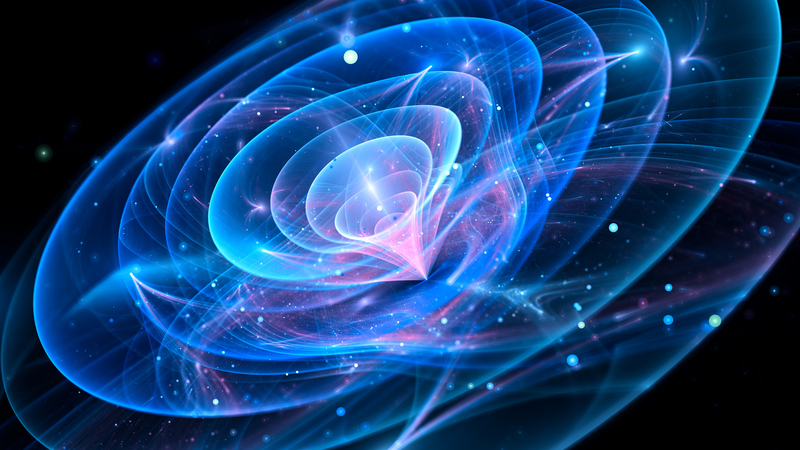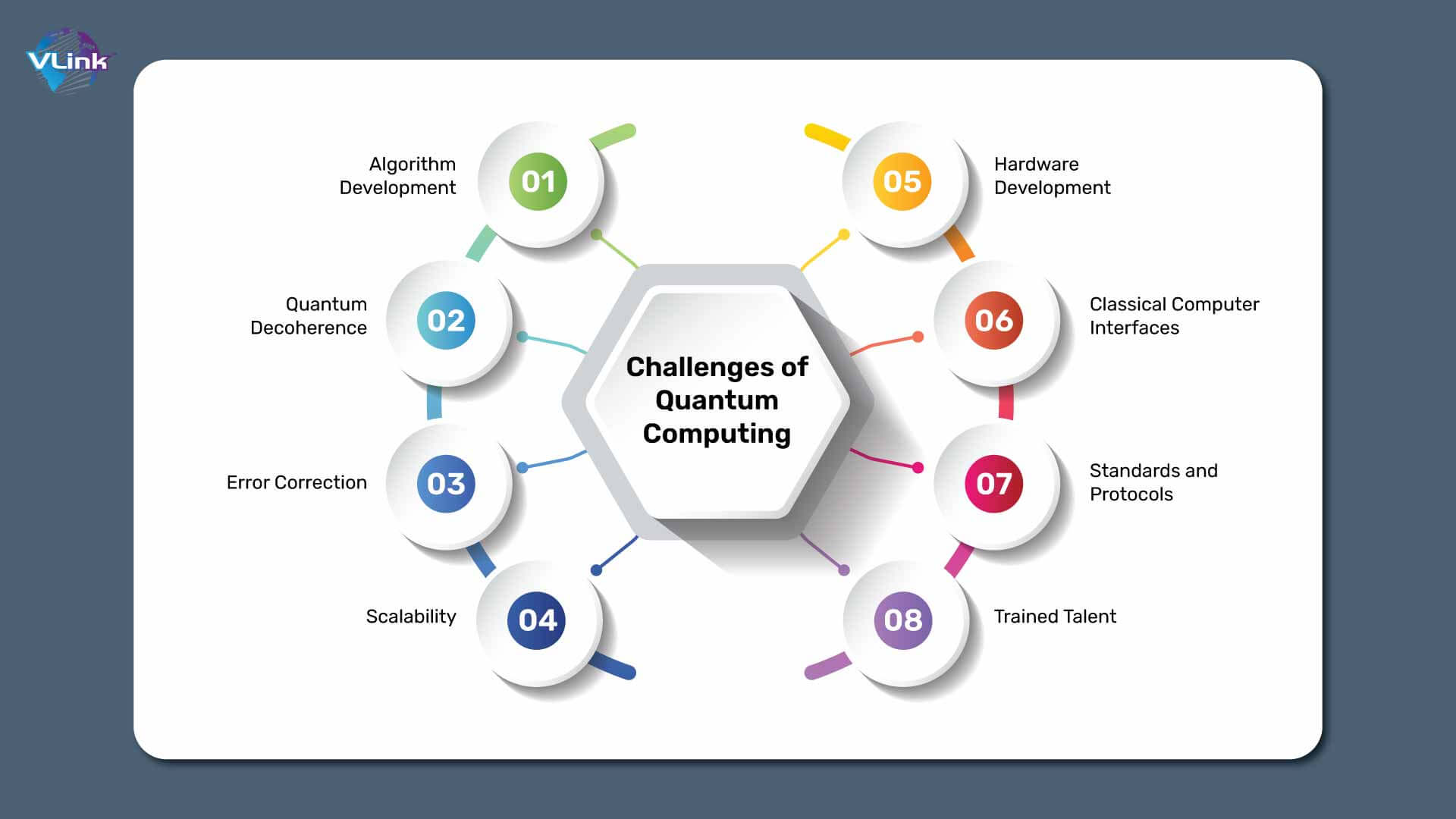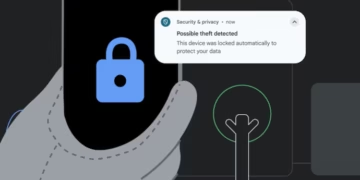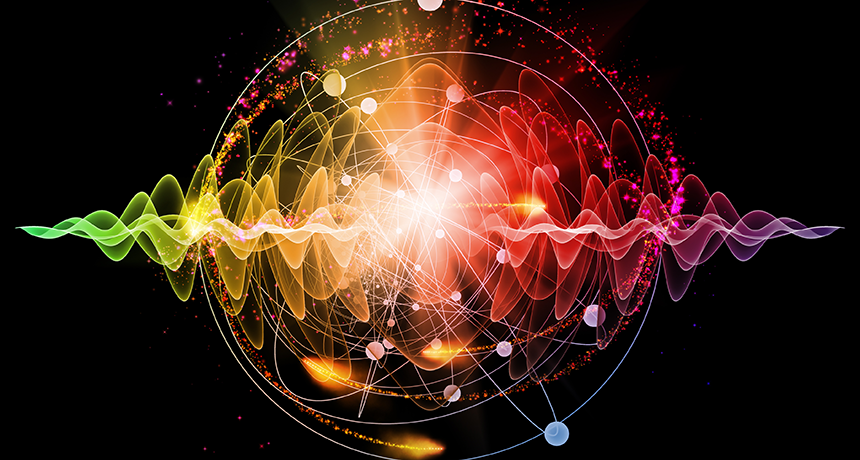Enter the mind-bending world of quantum computing, where scientists are pushing the limits of technology and unraveling the secrets of the universe. These futuristic computers have the potential to revolutionize the world of particle physics and pave the way for groundbreaking discoveries.
Quantum computers are super-powered machines that use the principles of quantum mechanics to solve complex problems. Instead of the traditional ones and zeros of classical computers, quantum computers use “qubits” to represent multiple states at once. This allows them to perform calculations at an astonishing speed and tackle challenges that are beyond the capabilities of classical computers.
Recently, researchers have been making impressive progress in using quantum computers to explore the mysteries of particle physics. With their unparalleled computational power, these machines can simulate and analyze complex particle interactions that would take years for traditional computers to process. This could open up new opportunities for studying fundamental particles, such as quarks and neutrinos, and uncovering the underlying laws of the universe.
One of the most exciting applications of quantum computing in particle physics is the search for new particles. According to the Standard Model of particle physics, there are 17 fundamental particles that make up all matter. However, this model cannot explain everything, and scientists believe that there may be more particles waiting to be discovered. With quantum computers, researchers can predict the properties and behaviors of these elusive particles, giving them a better chance of locating them and confirming their existence.
Quantum Computers May Soon Uncover New Realities in Particle Physics
Quantum computers are no longer just theoretical experiments or exotic lab tools—they are fast becoming essential instruments in our pursuit of understanding the universe’s most fundamental particles and forces. Now, physicists are using quantum computers to simulate the same particle interactions that define the structure of matter, hinting at the potential to reveal phenomena beyond the Standard Model.
A recent report by New Scientist outlines how early quantum devices are making headway in simulating simplified versions of quantum chromodynamics (QCD)—the branch of physics that describes how quarks and gluons interact to form protons, neutrons, and other hadrons.
👉 Original Source: New Scientist Article
🧬 Quantum Chromodynamics and Why It’s Hard to Simulate
QCD is one of the most complex parts of the Standard Model of particle physics. It describes the strong nuclear force—the fundamental force responsible for holding atomic nuclei together. But simulating QCD on classical computers is enormously difficult because of its non-linear equations, countless interacting particles, and quantum-level behavior.
Even today’s most powerful supercomputers struggle to accurately simulate QCD beyond a handful of particles. That’s where quantum computers come in.
Why Classical Computers Fall Short:
The Hilbert space (the mathematical space needed to describe quantum systems) grows exponentially with system size.
Simulating even a few particles requires billions of computing operations.
Approximations often oversimplify critical quantum behavior, limiting accuracy.
🧠 Quantum Computers: A Natural Fit for Quantum Problems
Quantum computers use qubits—units of information that can exist in multiple states at once (superposition) and be entangled with one another. This mirrors the behavior of the quantum systems they simulate, allowing for far more efficient calculations.
Recent Breakthrough:
Researchers have simulated a simplified SU(2) gauge theory—a basic building block for QCD—on a quantum computer using just four qubits. While not yet at the scale of full QCD simulations, this breakthrough is proof-of-concept that quantum gauge theories can be realized using quantum hardware.
These simulations showed:
Interactions between simplified “quark-like” particles
Formation of mesons (quark-antiquark pairs) in low-dimensional models
Energy spectra similar to real particle systems
👉 More on SU(2) simulation research
🧪 Why This Matters: Probing Beyond the Standard Model
The Standard Model is one of the most successful theories in science. Yet it has glaring limitations:
It doesn’t explain gravity
It says nothing about dark matter or dark energy
It doesn’t account for the neutrino mass
It can’t unify all forces into one theory
With quantum computers, physicists hope to simulate not just the known but the unknown—including speculative particles like:
Supersymmetric partners (SUSY)
Axions (dark matter candidates)
Grand unified force bosons
Quantum simulations could provide theoretical data that would guide future particle collider experiments, suggesting what to look for before building $10+ billion infrastructure like a new Large Hadron Collider.
🔧 How It Works: The Process of Quantum Simulation
Simulating particle physics on a quantum computer involves:
Encoding gauge symmetries (like SU(2) or SU(3)) into qubit configurations
Using variational algorithms to approximate the ground state energy and excited states of the system
Analyzing the resulting wavefunctions for evidence of bound states, phase transitions, or particle decay
Comparing outcomes to classical predictions or known collider data
These quantum algorithms are still early in development, but they are improving rapidly, especially with hybrid systems that use both classical and quantum resources.
👉 Example: Quantum Simulation for Lattice Gauge Theory
🚧 Challenges Ahead: Why We’re Not There Yet
Despite excitement, the field of quantum field theory simulation is still in its infancy.
Current Roadblocks:
Limited qubit counts: Most current quantum computers have 100 qubits or fewer.
Noise and decoherence: Qubits lose information quickly, requiring advanced error correction methods.
Algorithmic limitations: New types of quantum algorithms are needed for high-dimensional and relativistic simulations.

Hardware scale-up: Full QCD simulations may require millions of qubits with low error rates.
Yet researchers are optimistic. Companies like IBM, Google, and PsiQuantum, along with universities and government labs, are working on solutions that could make practical, full-scale quantum field simulations possible in the next decade.
🔭 What the Future Holds: A New Era of Physics Discovery
With continued breakthroughs in quantum simulation, physicists may soon:
Accurately calculate hadron masses directly from first principles
Explore phase transitions in early universe conditions
Simulate non-Abelian gauge fields relevant for GUTs (Grand Unified Theories)
Discover clues about new particles, forces, and spacetime properties
As quantum hardware scales and algorithms improve, we are entering a new era where computation becomes a co-pilot in the quest for a unified theory of physics.
✅ Final Thoughts: Physics at a Quantum Crossroads
We stand on the edge of a scientific transformation. Just as telescopes revealed unseen stars and microscopes revealed invisible cells, quantum computers are revealing the quantum fabric of the universe itself.
By bridging the abstract mathematics of gauge theory with the real-world computing power of next-gen quantum processors, we are no longer just observing the universe—we are beginning to simulate it from the ground up.
Quantum computing may not just enhance physics; it could become the lens through which we discover the next laws of nature.





































